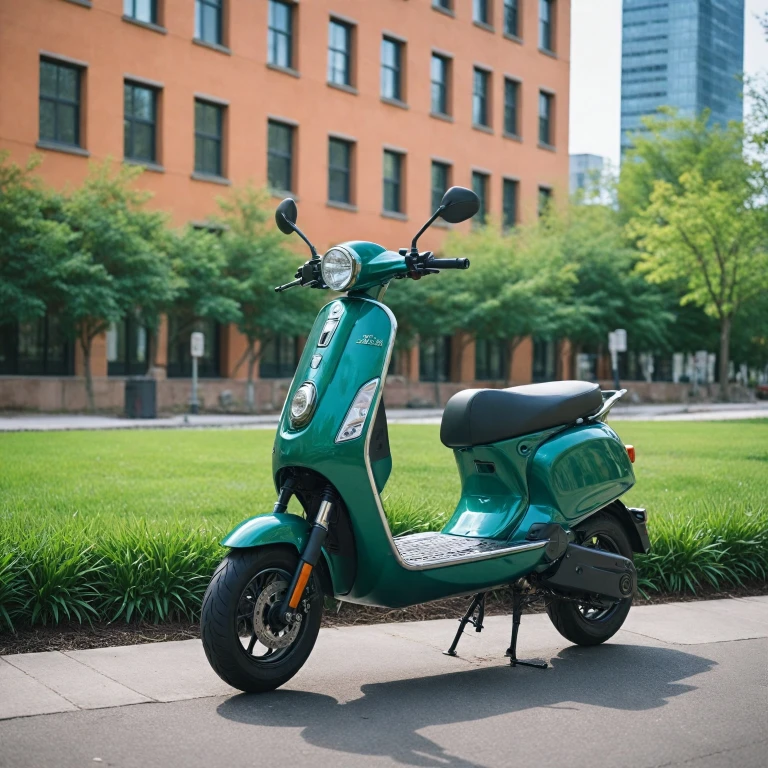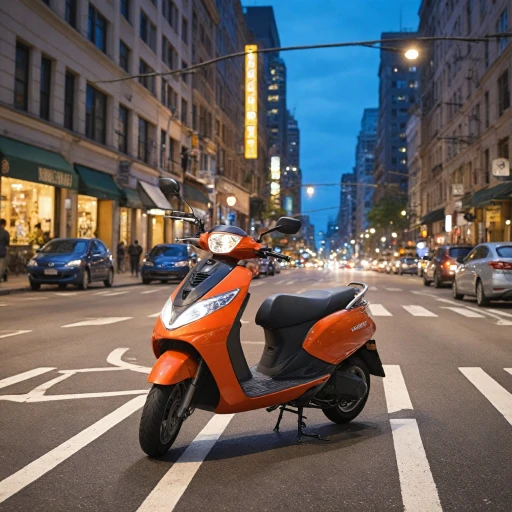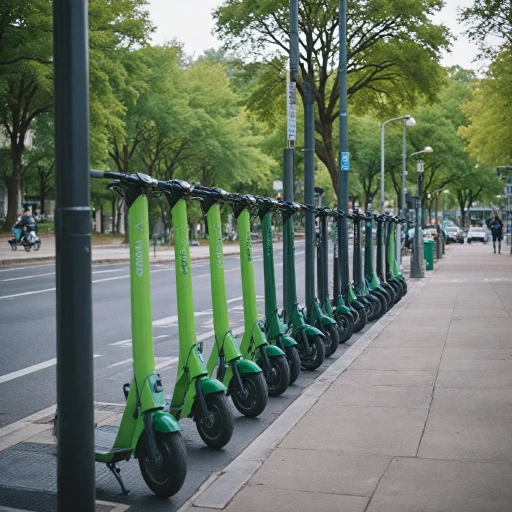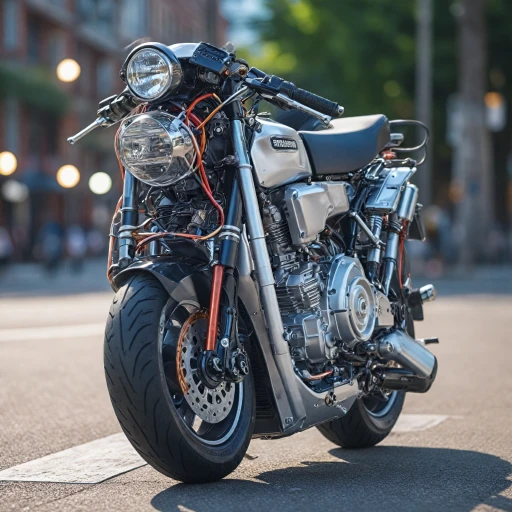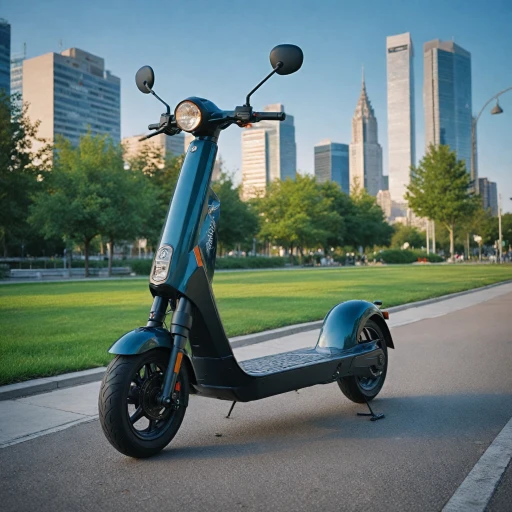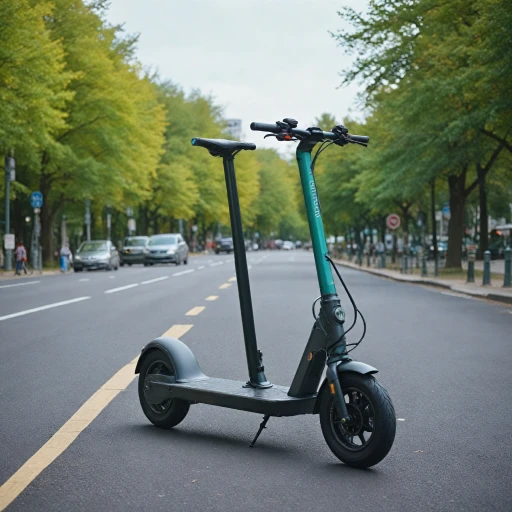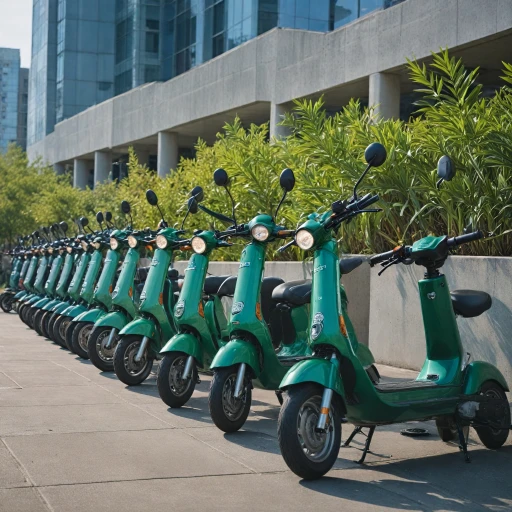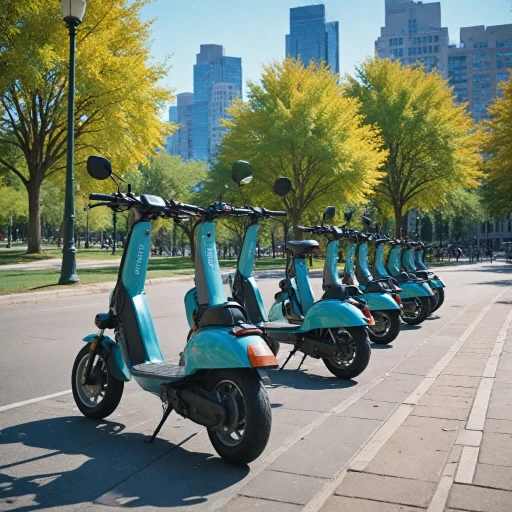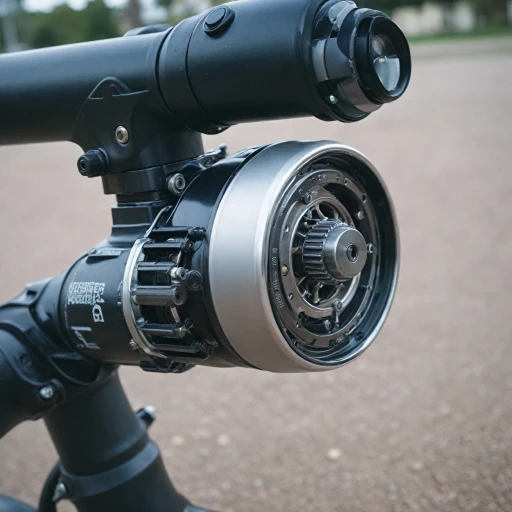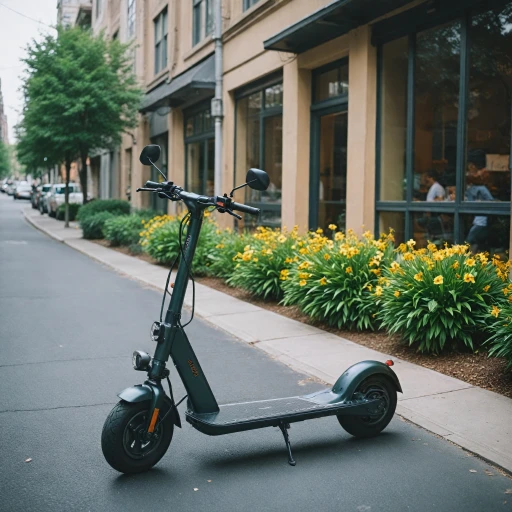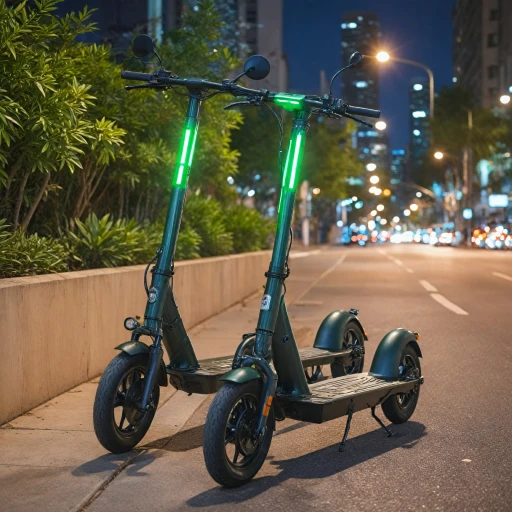
Types of Batteries Used in Electric Scooters
Exploring Battery Options for Electric Scooters
Electric scooters depend heavily on their batteries, which are responsible for powering the journey. There are mainly two types of batteries used in electric scooters today: lead acid and lithium batteries. Each has its own set of advantages and drawbacks. Lead Acid Batteries Lead acid batteries, often referred to as sealed lead acid (SLA) batteries, are the older of the two types. These batteries are known for their durability and lower initial cost, making them a popular choice for budget-friendly scooters and standard mobility scooters. However, their weight can be a downside, impacting the scooter’s overall mobility and efficiency. They are often used in models like the Elite Traveller and Pride Mobility scooters. Lithium Batteries Lithium batteries represent a more modern technology and are becoming increasingly prevalent in the electric scooter market. Their main advantages include being lighter, offering higher power density, and having a longer lifespan compared to lead acid alternatives. This comes at a higher price, but the investment often proves beneficial in the long run due to their superior performance and longevity. Lithium scooter batteries are common in more high-performance scooters that prioritize speed and reliability. OEM Replacement and Compatibility Considerations When replacing scooter batteries, ensuring compatibility is crucial. Using an OEM replacement battery is usually recommended as it ensures the battery is compatible with the scooter’s original specifications. This helps maintain the scooter's performance and prolong battery life. For those looking to add details on their battery selection or to compare options, considering the battery pack’s capacity and the unit price is key. The current market offers both OEM and compatible pride options that cater to different mobility needs and prices. Further exploration into understanding scooter battery options is available on our detailed electric scooter blog. It’s important to evaluate each option to make an informed decision that meets your driving needs and budget.How to Maintain Your Scooter's Battery for Longevity
Effective Battery Maintenance for Longevity
Maintaining your electric scooter's battery is crucial for ensuring its longevity, efficiency, and performance. Proper care not only prolongs the battery life but can also help save on the unit price and costs associated with replacement. Here are some essential tips to aid your scooter's battery health:
- Regular Charging: Make it a habit to charge your battery regularly, but avoid overcharging. Leaving your scooter plugged in continuously can degrade its lithium or lead acid SLA battery health.
- Avoid High Temperatures: High temperatures can severely affect the performance of an electric scooter's battery. Always store your scooter and its batteries in a cool, dry place to prevent damage.
- Proper Cleaning: Keep the battery and its terminals clean and dry. Debris and moisture can lead to corrosion or other issues affecting its performance.
- Scooter Specifics: Understand the specifics of your scooter model, such as compatible battery types and the recommended charging practices. Different models like Pride Mobility or Elite Traveller might have varying requirements, and knowing your scooter's details helps in maintaining the original efficiency.
In the long run, adopting these practices will not only enhance the lifespan of your scooter's battery but also optimize the mobility and overall performance of your electric scooter. For more on understanding the optimal speed and safety of electric scooters, do check out related resources.
Signs Your Scooter Battery Needs Replacement
Identifying When Your Scooter Battery Needs Replacing
Understanding when it's time to replace the battery in your electric scooter is crucial for ensuring continuous and efficient mobility. Here are some telltale signs that indicate your scooter battery may need a replacement:
- Reduced Range: One of the most common indicators is a noticeable decrease in the distance your electric scooter can travel on a single charge. This could mean that the battery’s capacity to hold a charge is diminishing with time.
- Longer Charging Times: If your scooter battery is taking longer to charge than it once did, it might be a sign that the battery is losing its efficiency. This is a typical issue seen with both lead acid sla and lithium battery packs.
- Unusual Battery Behavior: Fluctuations in power while riding, unexpected shutdowns, or inconsistent battery life could be signs of an underlying problem. If you notice unusual behavior, it’s advisable to have the battery checked by a professional.
- Physical Damage: Visible damage such as swelling, corrosion, or leaks in a lead acid or lithium battery should not be ignored. These issues not only affect the performance but can also be hazardous.
Regular maintenance as discussed in another section, can delay the need for replacement, but knowing these signs can help you avoid unnecessary downtime and ensure the reliability of your electric scooter.
Maximizing Battery Life: Best Practices
Get the Most Out of Your Scooter's Battery Life
Maximizing the battery life of your electric scooter is vital for maintaining its performance and minimizing the need for replacement. Whether you're using a lithium battery or sealed lead acid SLA, implementing best practices can enhance your mobility experience and prolong your unit's lifespan.
Here are some practical tips to keep your scooter's battery in top condition:
- Charge Wisely: Avoid overcharging your scooter battery. Once it reaches full charge, unplug it to prevent overheating and potential damage. This is especially important for lithium batteries, as they can be sensitive to prolonged charging.
- Keep a Moderate Charge Level: Regularly charging your battery and maintaining it between 20% and 80% can help maximize its lifespan. Completely draining the battery frequently or consistently keeping it at full charge can degrade its longevity.
- Store Properly: If you plan to store your electric scooter for an extended period, ensure the battery is about 50% charged. Storing at extreme full or empty levels can shorten the battery's lifecycle.
- Temperature Matters: Protect your mobility scooter from extreme temperatures. Batteries can lose performance when exposed to freezing cold or high heat, impacting your scooter's power and efficiency.
- Use Compatible Components: When considering a battery replacement, ensure the battery pack is compatible with your scooter model. An OEM replacement that's compatible pride certified could be a reliable choice, often matching the original power specifications.
Understanding these practices not only enhances your mobility but also saves you on unit price costs associated with prematurely replacing scooter batteries. Whether you're cruising on a pride mobility scooter or an elite traveller, keeping these pointers in mind can help maintain a smooth and efficient ride.
Comparing Costs: Battery Replacement vs. New Scooter
Comparing Battery Costs with Scooter Replacement
When deciding whether to replace your scooter battery or invest in a new scooter, several factors need consideration. Let’s break down the costs and considerations to help you make an informed decision.
- Unit Price of Batteries vs. New Scooters: The price of replacement batteries, such as lead acid or lithium battery options, can vary. OEM replacement batteries for mobility scooters like the Elite Traveller or compatible Pride scooters might cost significantly less than purchasing a new scooter.
- Battery Types and Their Costs: Sealed lead acid SLA batteries are generally cheaper but may not offer the longevity or efficiency of a lithium battery. Assess the specific needs and budget to determine the most economical choice.
- Evaluating Replacement Needs: Check for signs that your scooter battery needs replacing, such as decreased performance or charging issues. This will help in understanding whether a battery replacement is required or a new scooter might be a better investment.
- Considerations for Scooter Upgrades: If your current scooter no longer meets your mobility needs or lacks new features, it might be worthwhile to explore upgrading rather than replacing the battery alone.
Also, check if your battery needs a simple power boost or a complete replacement. Evaluate if OEM or compatible batteries will serve the purpose efficiently and check if free shipping options are available for cost savings. Practically, adding up the current scooter mobility vs. a new model's features might help to see which offers better value.
Future Trends in Scooter Battery Technology
Emerging Innovations in Scooter Battery Technology
The future of electric scooters looks bright with the continuous advancements in battery technology designed to enhance mobility and extend the life of your electric scooter. Here are some trends poised to shape the landscape of scooter batteries:- Lithium-Ion Dominance: Lithium battery remains the preferred choice due to their lightweight nature and superior energy density, which offers longer travel distances. As lithium technology advances, improvements in charge times and battery life are anticipated.
- Eco-Friendly Alternatives: With increasing environmental awareness, there's a shift towards developing batteries that reduce ecological impact. Biodegradable materials and renewable energy sources in battery production are hot areas of research.
- Smart Battery Management: Enhanced battery management systems (BMS) are being integrated into electric scooters to monitor and optimize battery performance. This technology not only helps in maximizing battery life but also provides real-time data and alerts for better maintenance strategies.
- Fast Charging Technologies: Cutting-edge technologies are paving the way for rapid charging solutions that could drastically reduce the time needed to refill your scooter's power. This development could eliminate one of the crucial pain points for scooter users.
- Solid-State Batteries: Solid-state batteries are emerging as a promising option, offering higher energy density and improved safety compared to traditional liquid-based batteries. Although still in the development phase, they hold potential for transformative impact on electric scooters.
